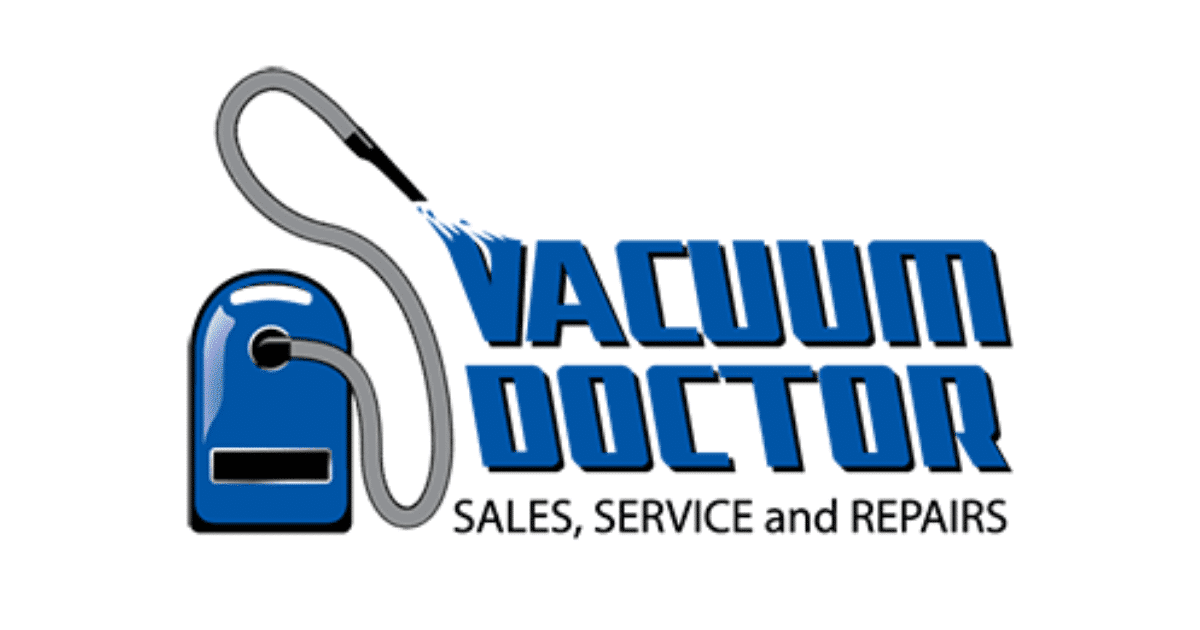Central Vacuum Systems: A Comprehensive Guide to a Clean and Healthy Home
A clean and healthy home is crucial for overall well-being, and central vacuum systems offer an excellent solution. Unlike traditional vacuum cleaners, central vacuum systems are designed to efficiently remove dirt, dust, and allergens from your home. In this comprehensive guide, we will explore the benefits, installation, maintenance, and types of central vacuum systems, as well as common misconceptions and frequently asked questions.
How Central Vacuum Systems Work:
Central vacuum systems consist of three main components: the power unit, the piping system, and the inlet valves. When you turn on the system, the power unit creates suction that pulls dirt and debris from your home into the inlet valve. The dirt is then transported through the piping system to the central collection container, typically located in the garage or basement.
Installation and Maintenance:
Before installing a system, it is essential to consider the size of your home, the number of inlets required, and the location of the power unit. Professional installation is recommended, and proper maintenance, such as regular cleaning of filters and the collection container, can extend the life of the system.
Types of Central Vacuum Systems:
Central vacuum systems are available in several types, including bagged and bagless systems, cyclonic and filtered systems, and hybrid systems. Bagged systems are more hygienic, while bagless systems require less maintenance. Cyclonic systems offer strong suction power, while filtered systems are better for people with allergies. Hybrid systems combine the benefits of both cyclonic and filtered systems.
Choosing the Right Central Vacuum System for Your Home:
When choosing a central vacuum system, it is essential to consider your home’s size, the number of floors, the type of flooring, and the presence of pets or allergies. Popular brands include Beam, Nutone, and Electrolux, and prices range from a few hundred to several thousand dollars.
Accessories and Attachments:
There are a variety of accessories and attachments designed for specific cleaning tasks, such as dusting, upholstery cleaning, and pet hair removal. These attachments can be used to clean almost any surface in your home effectively.
Benefits of Using Central Vacuum Systems:
Central vacuum systems offer numerous benefits, including improved indoor air quality, allergy relief, and convenience. Unlike traditional vacuum cleaners, central vacuum systems do not recirculate dirt and dust, providing a healthier living environment. Additionally, central vacuum systems are more powerful and efficient, making cleaning faster and more comfortable.
Common Misconceptions about Central Vacuum Systems:
Despite the numerous benefits of central vacuum systems, there are still several misconceptions, such as high costs and installation difficulties. However, with professional installation and proper maintenance, they can last for decades, making them a worthwhile investment.
Frequently Asked Questions:
Can a central vacuum system be added to an existing home? Yes, they can be retrofitted into existing homes. Can they be used for wet cleaning? No, central vacuum systems are designed for dry cleaning only. How often should a central vacuum system be serviced? It is recommended to service your central vacuum system every three to five years.
Central vacuum systems are a reliable, efficient, and healthy solution for cleaning your home. With proper installation and maintenance, a central vacuum system can provide numerous benefits and last for many years. Consider investing in a central vacuum system for a cleaner and healthier living environment.
When you are ready for a new vacuum or floor cleaner, please stop by. We have the best vacuums and cleaning supplies available. All in stock and ready for you today! We also repair and service vacuums of all sorts! Sarasota Vacuum Doctor, conveniently located in Sarasota
